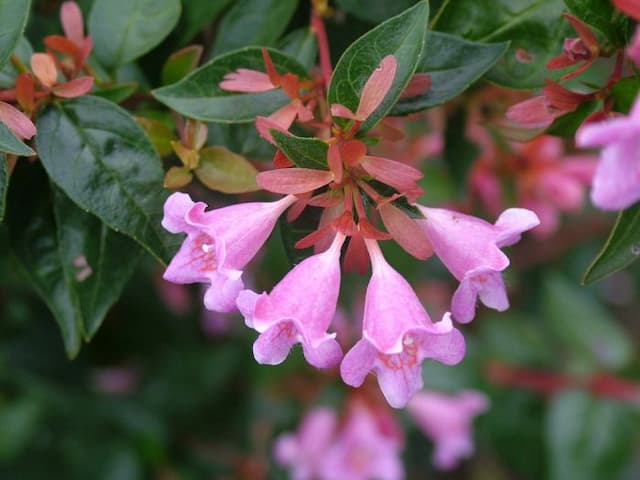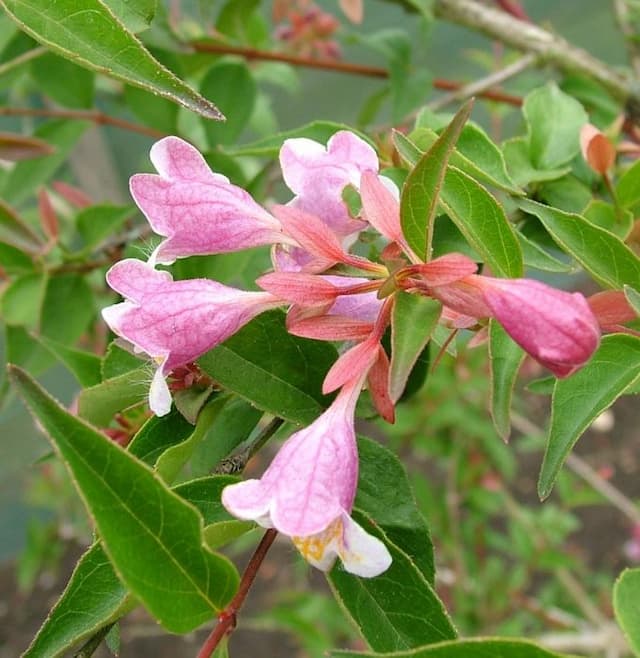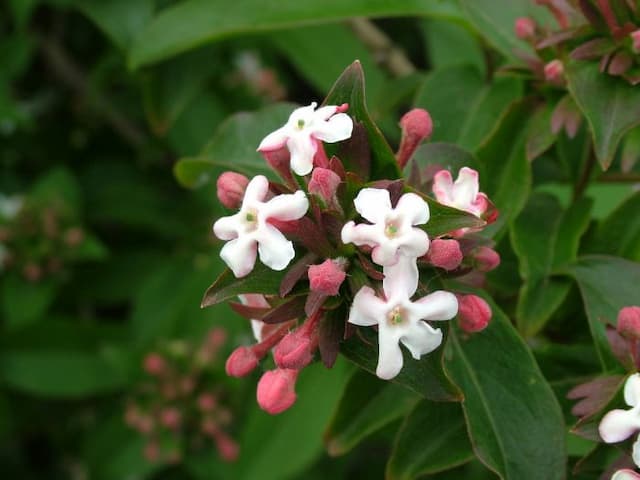Devils bit Scabious Succisa pratensis

ABOUT
The plant known commonly as Devil's-bit Scabious exhibits a unique appearance that contributes to its distinctiveness in the plant world. It possesses a leafy, low-growing rosette from which emerges a stem topped with globular flower heads. These flowers tend to be a striking blue to purple color, although sometimes they can appear pinkish or even close to white. The foliage of Devil's-bit Scabious is somewhat lance-shaped, with leaves that alternate along the stem, giving it an organized yet slightly wild aspect. Each leaf can have a ragged or smooth edge, and the lush green color contrasts beautifully with the more vivid coloration of the flower heads. Devil's-bit Scabious blooms showcase numerous small florets, each contributing to the spherical shape of the flower cluster. The individual flowers are tubular, opening up to reveal four small lobes. These clusters stand out against the backdrop of the foliage, appearing to float atop the stems and drawing pollinators from afar. The name Devil's-bit refers to a feature of the plant's root system; folklore suggests that the Devil bit it out of spite, which explains the somewhat truncated appearance of the roots. The roots themselves form a key part of the plant's mythology and medicinal history, though they are not typically seen when one admires the plant in a natural setting.
About this plant
 Names
NamesSynonyms
Devil's-bit, Devil's-bit Scabious, Of-bit, Devil's-bit Scabious
Common names
Scabiosa succisa, Succisella inflexa, Succisa inflexa.
 Toxicity
ToxicityTo humans
Devil's bit scabious, the common name for Succisa pratensis, is not known to be toxic to humans. There are no well-documented cases of poisoning or harmful effects from ingesting this plant. Thus, accidental ingestion is not likely to produce any adverse symptoms.
To pets
Devil's bit scabious is not recognized for being toxic to pets, including dogs, cats, and horses. There is no significant evidence suggesting that consumption of this plant leads to poisoning in animals. Consequently, ingestion should not result in any toxic symptoms, but it is always wise to monitor pets for any signs of illness after ingesting unknown plant matter and consult a veterinarian if any adverse reactions occur.
 Characteristics
CharacteristicsLife cycle
Perennials
Foliage type
Deciduous
Color of leaves
Green
Flower color
Blue
Height
2 feet (60 centimeters)
Spread
1.5 feet (45 centimeters)
Plant type
Herb
Hardiness zones
5
Native area
Europe
Benefits
 General Benefits
General Benefits- Attracts pollinators: Succisa pratensis, commonly known as Devil's-bit Scabious, is known to attract bees, butterflies, and other pollinating insects, which are crucial for the pollination of many plants and crops.
- Supports biodiversity: Being native to Europe and parts of Asia, it contributes to the local ecosystem by providing food for insects and being part of a diverse plant community.
- Ornamental value: With its blue to violet flowers, Devil's-bit Scabious can add aesthetic value to gardens and natural landscapes.
- Adaptability: It is adaptable to various soil conditions, although it prefers moist, grassy habitats, making it relatively easy to grow in a range of conditions.
- Low maintenance: It does not require a lot of care once established, making it suitable for naturalistic planting schemes and wildflower meadows.
- Wildlife habitat: The plant can serve as a habitat for certain species of insects and provides a food source for various creatures, thus supporting local wildlife.
 Medical Properties
Medical Properties- Anti-inflammatory: Succisa pratensis is historically used for its potential anti-inflammatory properties.
- Diuretic: It is considered to have diuretic effects, which might help promote the excretion of urine.
- Astringent: The plant has been known to possess astringent properties, which can help in contracting skin tissues and can reduce bleeding from minor abrasions.
 Air-purifying Qualities
Air-purifying QualitiesThis plant is not specifically known for air purifying qualities.
 Other Uses
Other Uses- Succisa pratensis, commonly known as Devil's-bit Scabious, has traditionally been used as a dye plant, providing blue and green dyes for textiles when alum is used as a mordant.
- The flowers of Devil's-bit Scabious can be added to salads or used as a garnish, offering a mild and slightly sweet flavor that complements various dishes.
- This plant has been used in the craft of basketry, where its fibrous stems can be woven into intricate patterns and designs for functional baskets.
- Devil's-bit Scabious holds symbolic significance in certain cultures, sometimes used in floral arrangements to convey the message of adversity due to its name's association with folklore.
- Gardeners plant Devil's-bit Scabious to attract butterflies, bees, and other beneficial insects, playing a role in supporting local biodiversity.
- The plant's robust root system can be employed in soil erosion control projects, helping to stabilize soil on slopes and disturbed areas.
- It has been used in landscaping to create naturalistic plantings, especially in wildflower meadows and prairie-style gardens.
- In the past, dried seed heads of Devil's-bit Scabious provided an interesting textural element in flower arranging and decorative crafts.
- Some people use the pressed flowers of Devil's-bit Scabious in art projects, such as botanical prints or in creating naturalistic designs for greeting cards.
- Folk crafts sometimes incorporate the plant's imagery or dried parts into charms and amulets, drawing on its historic ties to myth and superstition.
Interesting Facts
 Feng Shui
Feng ShuiThe Devil's-bit Scabious is not used in Feng Shui practice.
 Zodiac Sign Compitability
Zodiac Sign CompitabilityThe Devil's-bit Scabious is not used in astrology practice.
 Plant Symbolism
Plant Symbolism- Healing: Succisa pratensis, commonly known as Devil's-bit Scabious, has historically been used in herbal medicine to treat a variety of ailments, leading to its association with healing.
- Protection: Because of the folklore that the plant's roots were bitten off by the devil, it’s often seen as having protective qualities against evil.
- Perseverance: This plant is known for its ability to grow in difficult conditions, symbolizing the human trait of perseverance amidst hardship.
 Water
WaterThe Devil's-bit scabious should be watered moderately, ensuring the soil is moist but not waterlogged. It's generally best to water this plant once a week with about half a gallon of water per plant, depending on the climate and soil conditions. During the hot summer months, you may need to water it twice a week if the soil dries out quickly. In contrast, reduce the watering frequency during the winter, allowing the soil to dry out slightly between watering sessions. Avoid overhead watering to prevent foliage diseases, and water at the base of the plant.
 Light
LightDevil's-bit scabious prefers full sun to partial shade conditions. To thrive, it should be placed in a spot where it can receive at least six hours of direct sunlight each day. However, in extremely hot climates, some afternoon shade can be beneficial to prevent scorching.
 Temperature
TemperatureThe Devil's-bit scabious fares well in a wide range of temperatures, but it prefers conditions between 60°F and 75°F for optimal growth. It can survive minimum temperatures down to about 20°F, making it quite hardy. Nevertheless, prolonged exposure to temperatures below freezing can be detrimental, and the ideal range lies within temperate climates.
 Pruning
PruningDevil's-bit scabious requires minimal pruning, mainly to remove spent flowers and encourage further blooming. Deadheading, the process of removing faded flowers, can be done throughout the blooming season. A more thorough pruning to cut back the foliage can be performed in late fall or early spring to maintain plant shape and health.
 Cleaning
CleaningAs needed
 Soil
SoilDevil's bit scabious thrives in moist, well-drained soil with a slightly acidic to neutral pH, typically between 5.5 and 7. A mix of loamy soil, peat, and sand in equal parts can create an ideal environment for growth, ensuring good drainage while retaining enough moisture.
 Repotting
RepottingDevil's bit scabious does not generally require frequent repotting and can thrive in the same pot for several years. Repotting every 2 to 3 years should suffice, allowing the plant to establish without disturbance.
 Humidity & Misting
Humidity & MistingDevil's bit scabious prefers moderate humidity levels but is quite adaptable and can tolerate a wider range of conditions. They do well in typical outdoor humidity levels and do not require any special humidity adjustments when planted in the ground.
 Suitable locations
Suitable locationsIndoor
Ensure bright indirect light and moist, well-draining soil.
Outdoor
Choose partial shade, moist soil; protect from high wind.
Hardiness zone
4-8 USDA
 Life cycle
Life cycleThe Devil's-bit Scabious (Succisa pratensis) begins its life cycle as a seed which germinates in spring, requiring some light to trigger germination. The seedling develops a rosette of basal leaves and a root system. Growth continues into the vegetative stage, where it develops more leaves and reaches maturity. During late summer to early autumn, the plant enters the reproductive stage, producing rounded heads of violet-blue flowers that attract a variety of pollinators. After pollination, seeds are produced and dispersed, often by wind or animals, completing the reproductive cycle. The plant is a perennial, so above-ground parts die back in winter, but the rootstock survives and regrowth occurs in the following spring.
 Propogation
PropogationPropogation time
Spring-Early Summer
The most popular method of propagation for Succisa pratensis, commonly known as Devil's-bit Scabious, is through seed sowing. Seeds can be sown directly into the ground where they are to grow in late spring or early summer, after the last frost when the soil has warmed up, roughly above 59°F (15°C). For best germination rates, it's ideal to simply scatter the seeds onto well-drained soil and lightly press them in, rather than burying them deeply, as they require some light to germinate. Keeping the soil consistently moist but not waterlogged is crucial for seed germination. The seeds will typically germinate within two to three weeks under optimal conditions. Once the seedlings have developed true leaves and are large enough to handle, they can be thinned out or transplanted to their final growing positions, spaced approximately 10 to 12 inches (25 to 30 centimeters) apart.







![Himalayan honeysuckle [Golden Lanterns]](/_next/image?url=https%3A%2F%2Fplants-admin.emdemapps.com%2Fimages%2Fplants%2F%2Fimages%2F604b55302cc87.png&w=640&q=75)

